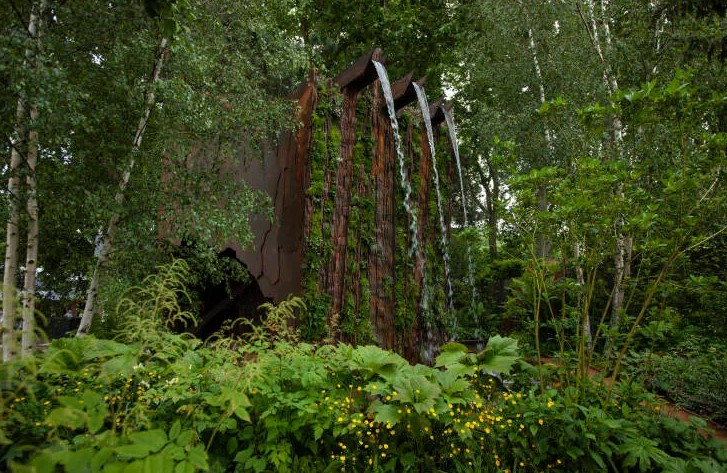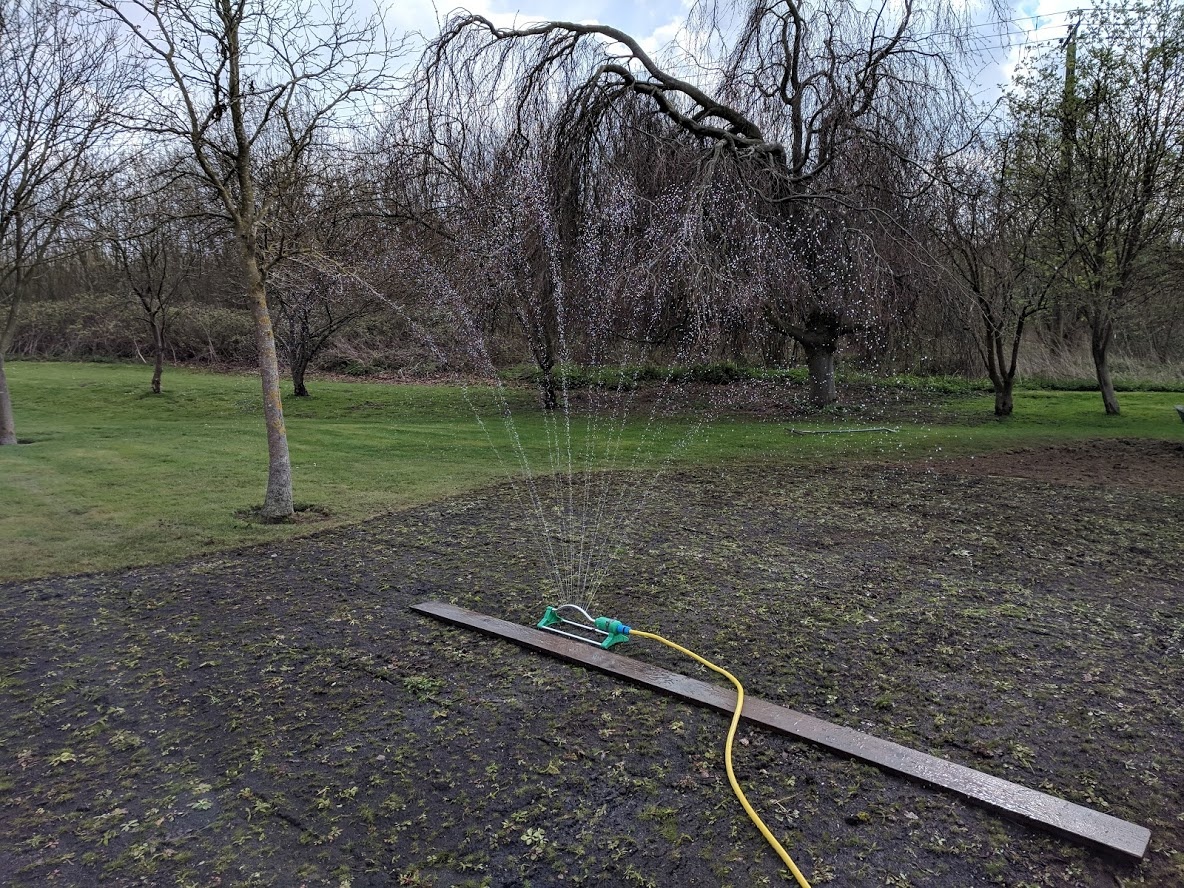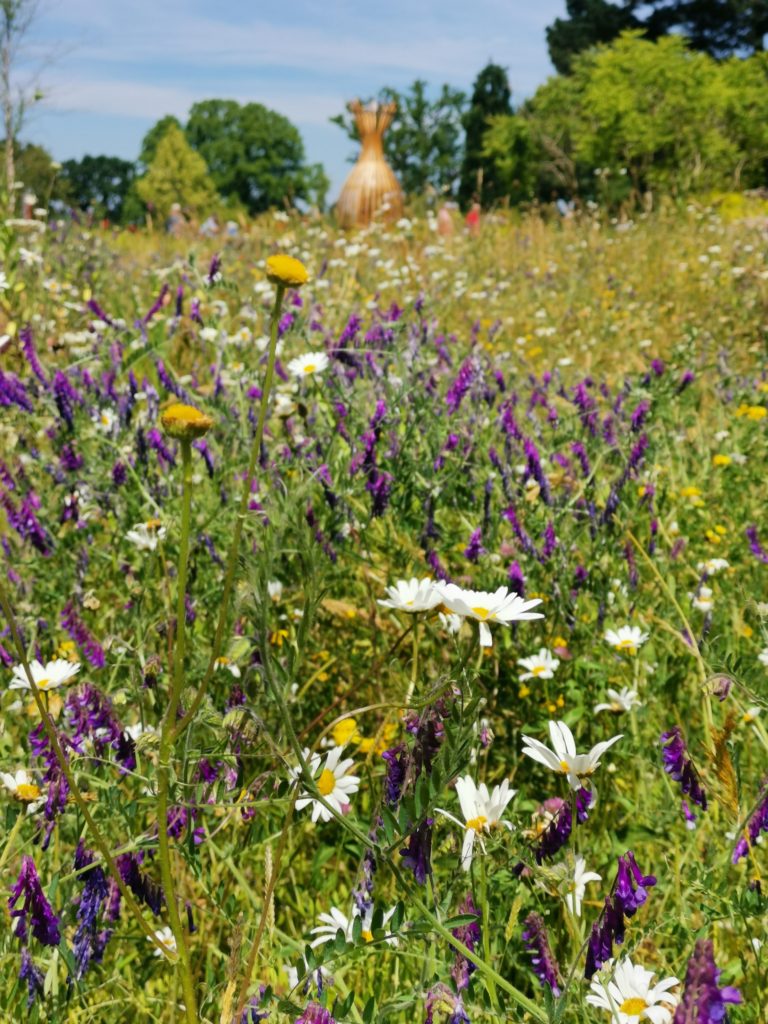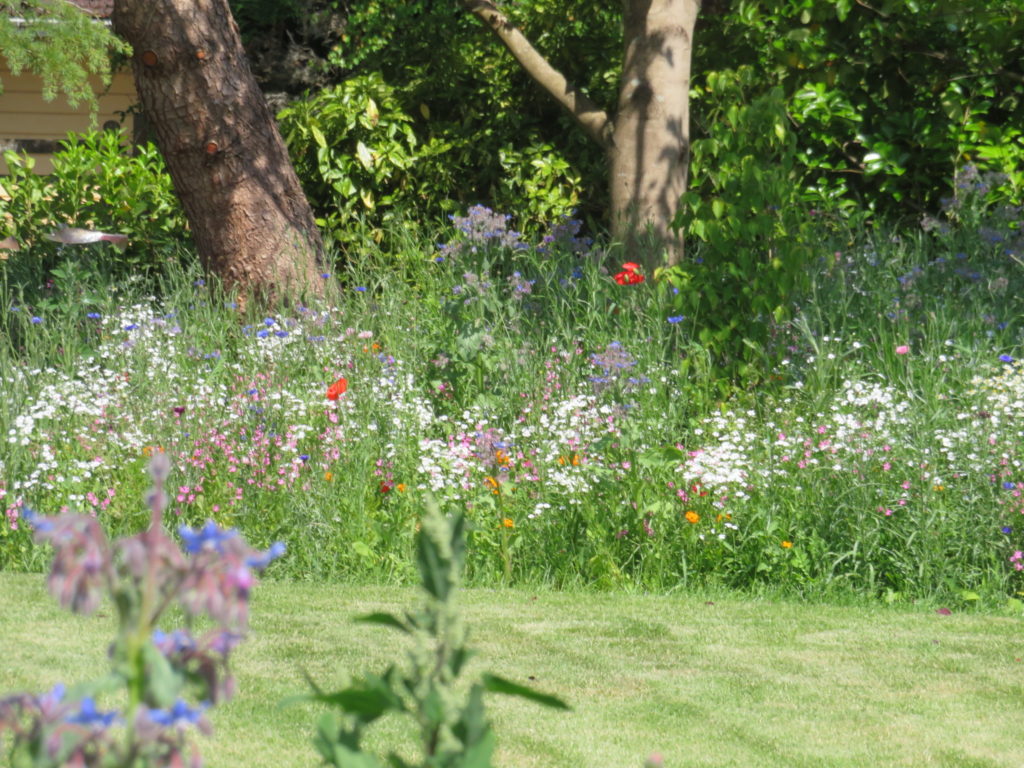With this current heat wave we are experiencing this guest blog from is Adrian Johansen is most timely. Adrian is a freelance writer who specializes in sustainability and climate change issues and can be found on Twitter
Climate change is arguably the biggest influence on garden design today. At the 2022 Chelsea Flower Show, Lulu Urquhart and Adam Hunt’s “A Rewilding Britain Landscape” and Sarah Eberle’s sustainability-focused “Building the Future” gardens both took home “best in show” designations. These first-time designers showcased a need in the gardening community for environmental awareness.

Everyday gardeners are also getting in on the sustainability act. Inspired by Earth Day, schools and homes across the nation are investing in our planet by making simple changes like installing wildflower turf and using peat-free compost.
Making sustainable changes is important if you’re green-thumbed and love to get out in the garden for some planting, pruning, and watering. Climate change will eventually impact the way you garden, as the usually moderate British climate is due to become warmer by 1 to 6 degrees Celsius with less predictable rainfall throughout the year.
Water Scarcity
Water scarcity has already become an issue for some gardeners during warmer, dryer summers. The last national hosepipe ban was in 2019 when a particularly hot summer meant that gardeners across the nation had to get creative by using grey water (leftover water from showers and washing) or let their lawns and flowerbeds wilt in the heat.
In previous decades, preparing for a hosepipe ban would have been a short step away from doomsday prepping. But today, it’s worth planning ahead and storing water during the spring and winter months when we will see increased precipitation in the lead-up to dryer summer months.

A water butt is a great way to start saving water and building a water reserve of your own. The RHS has found that 24,000 litres of water — or 150 water butts — could be collected from your roof each year.
There are plenty of creative solutions to get more from run-off rainfall, but you can take a leaf out of Skelton Lake Services’ book and invest in an eco-friendly, living roof. Living roofs are usually crowned with wildflowers which promotes biodiversity and makes good use of otherwise wasted rainfall.
Heat Stress
High temperatures and a lack of rainfall mean one thing for flowers and gardens: heat stress.
According to research published by the Institute for Water and Wetland Research, heat stress “has negative effects on plant growth and development,” as plants are subjected to conditions that stifle growth and create a buildup of toxic byproducts. These toxic byproducts will cause your plants to wilt and burn.
Unfortunately, it’s hard to avoid heat stress when a heatwave hits the nation, as the most-loved flowers tend to favour more mild conditions. However, a heatwave doesn’t mean you have to sit on your hands and watch as your garden wilts before your eyes. It’s perfectly fine to water your garden during a hot patch, as there’s no tangible evidence to support the myth that watering outdoor plants in direct sunlight will burn them.
You can also choose to mix in a few hardier, heat-loving plants into your border and meadows. Plants like lemon verbena, cosmos, marigolds & wildflowers look superb in the summer and will usually remain healthy and happy even during the hottest of days.

Sustainable Goods and Materials
Climate change will impact us all in one way or another. However, the government and local authorities across the country are starting to make positive changes in the fight against climate change. Compost-containing peat is due to be phased out by 2024, and rewilding projects are gaining traction in almost every county.
As a gardener, you should try to get ahead of the curve by following sustainable gardening and landscaping practices. This should include the basics like creating your own compost. Coffee grounds, egg shells, tea bags, grass trimmings, and vegetable waste make for great compost. You may also incorporate a few larger changes like reducing the chemicals you use on your lawns and flowerbeds in favour of natural solutions like seaweed-based flower feed.
Landscaping and Construction
New homes are being built across the country to alleviate the housing crisis. However, contractors today aren’t just thinking about costs and concrete — since many construction projects feel the impacts of climate change already, contractors are also planning for a future where our everyday lives are also impacted.
As a gardener, you can learn from green-construction experts and undertake some green-building initiatives of your own. Green-building — which utilizes natural materials like bamboo and cross-laminated timber — is typically low maintenance and works synergistically with other green initiatives in your garden like wildflower meadows and water collection infrastructure.

Conclusion
As a gardener, the thought of climate change can cause you to feel anxious about the future of the planet and your own little green corner of it. Record high temperatures, the threat of hosepipe bans, and the risk of heat stress mean that you should start learning how to garden sustainably with global warming in mind.
Simple changes like planting more heat-tolerant plants in your flower beds and wildflower meadows will help your garden look great even if we do see continued record highs. You can also account for the drop in overall precipitation by investing in water butts and considering wildflower roof gardens that make use of otherwise wasted rainwater run-off.